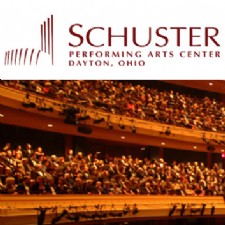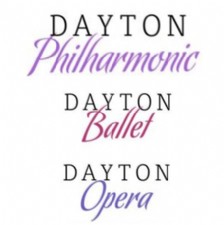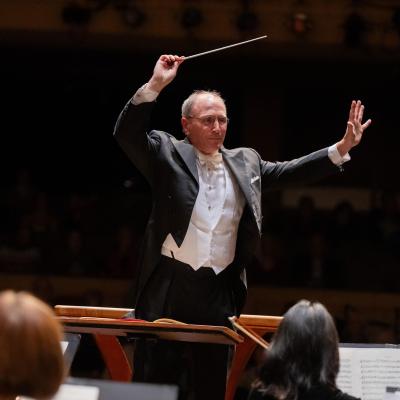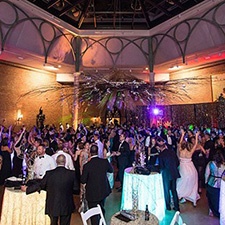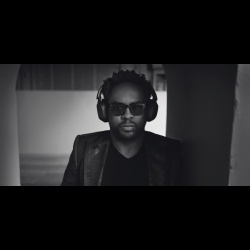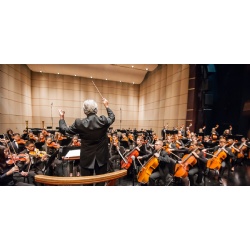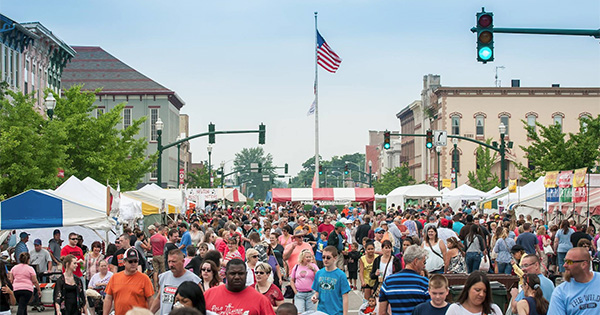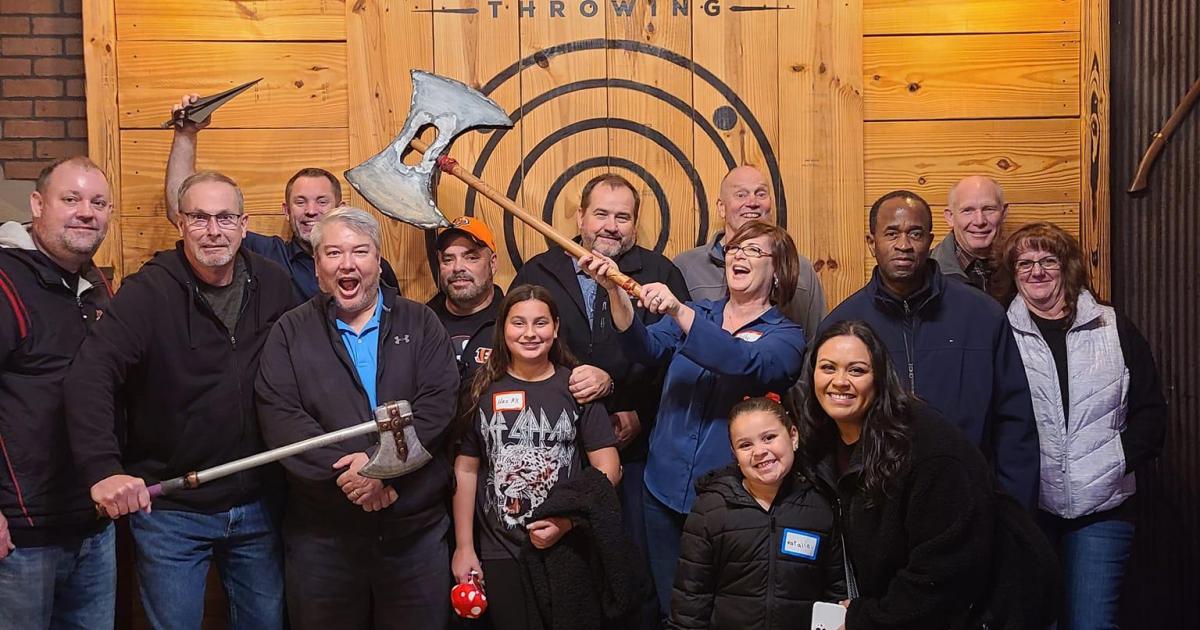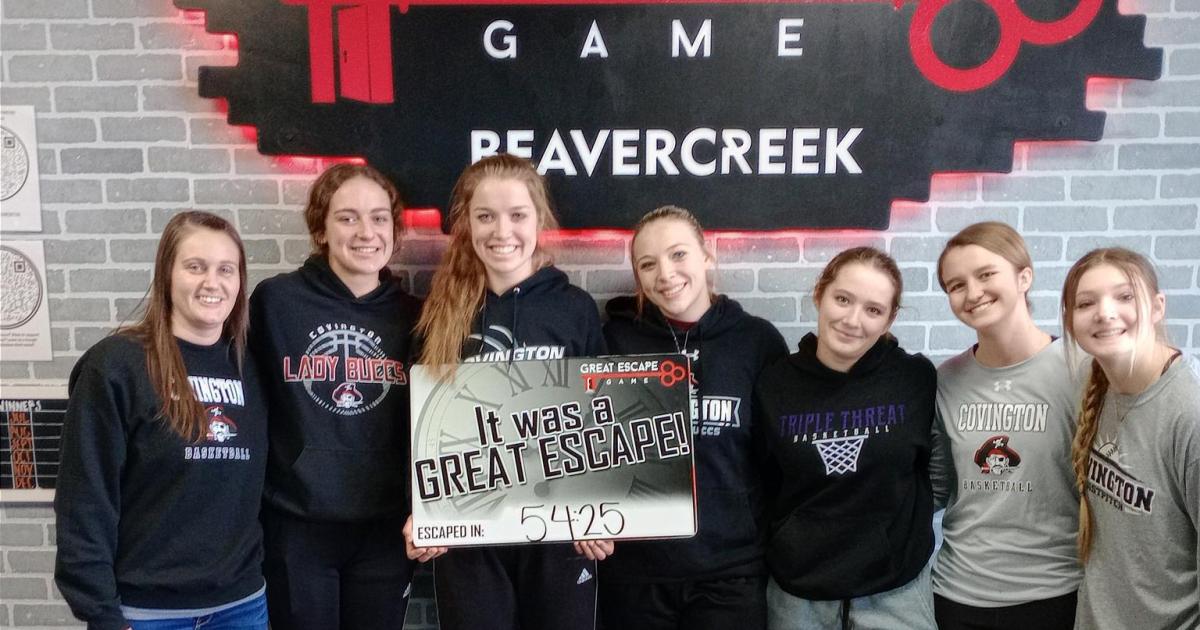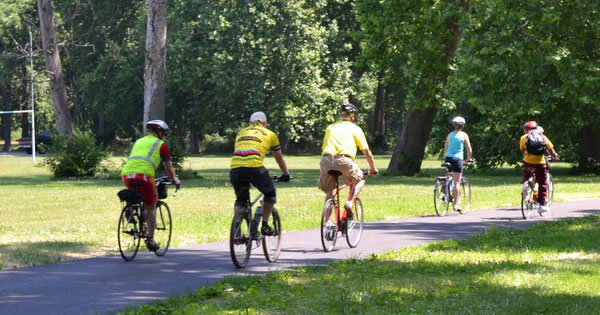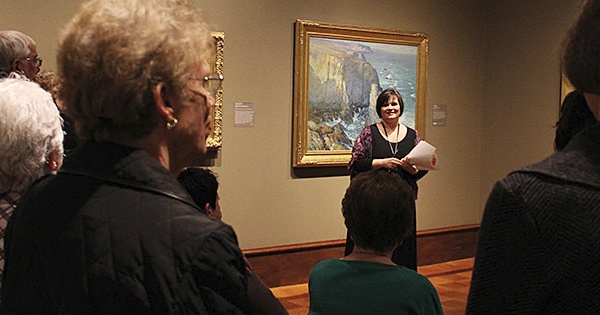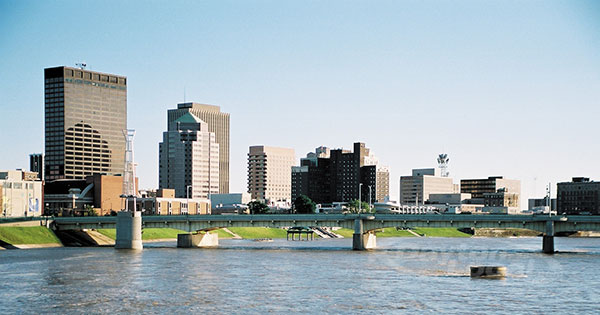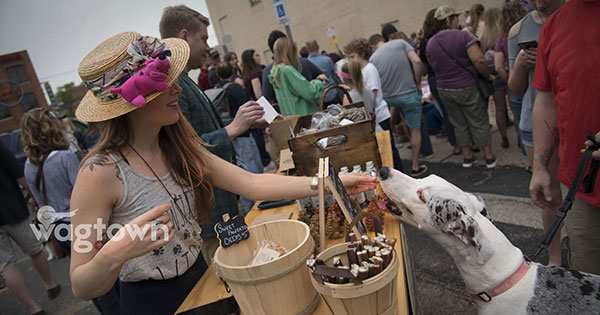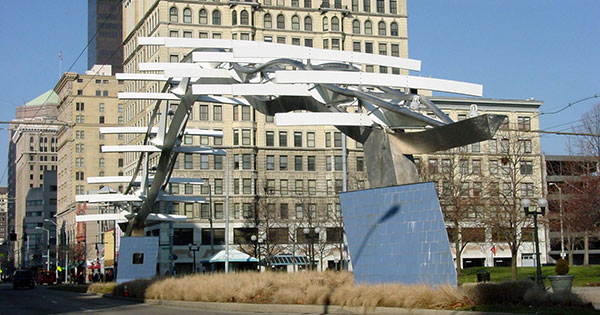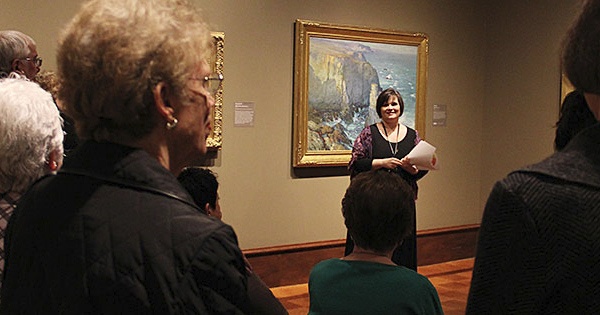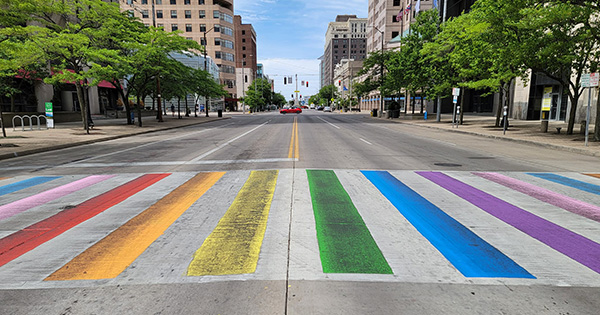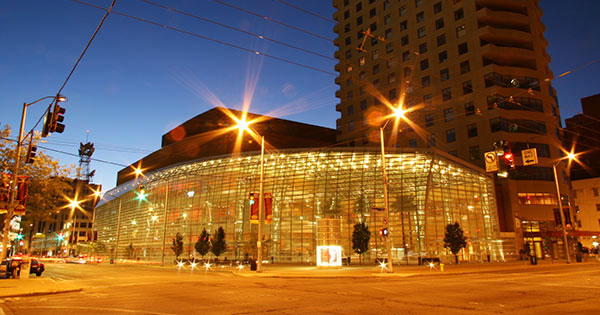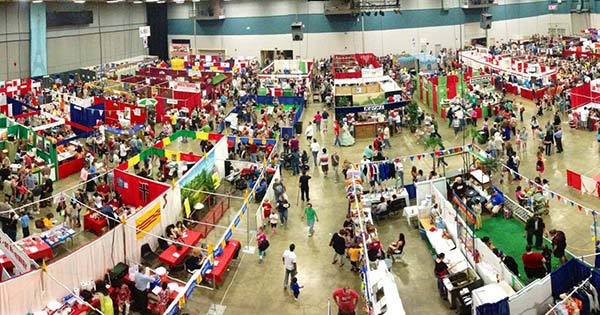Dayton Philharmonic: Mozart and Mendelssohn
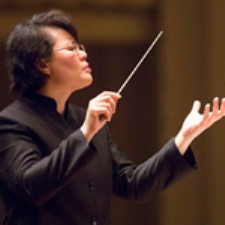
The Dayton Philharmonic Orchestra at the Schuster Center - Mozart, Mendelssohn, and Higdon-all in one evening of music . . . Reserve a seat. Share the moment.
Event details
* this page may be updated if event is repeated in the future *
Dayton Philharmonic: Mozart and Mendelssohn
The Excite Season for the Dayton Performing Arts Alliance continues without slowing its musical pace. Join the Dayton Philharmonic Orchestra and its guests, Maestro Mei-Ann Chen and Gavin George, for a sensational evening of memorable music.
The Dayton Philharmonic Orchestra welcomes to the podium Maestro Mei-Ann Chen. Chen is Music Director for the Memphis Symphony and the Chicago Sinfonietta and a highly sought-after guest conductor. She has won honors, posts, and awards for her work both on the podium and as a music educator. Maestro Chen views “the art of conducting as a form of communication, as a way to connect with as many people as possible.”
Maestro Chen and the Dayton Philharmonic will begin with Jennifer Higdon’s “river sings a song to trees.” This tranquil piece is the second movement of City Scape, a piece commissioned in 2002 by the Atlanta Symphony Orchestra. The orchestral piece is intended as a sound picture of metropolitan Atlanta. “River sings a song to trees” represents Atlanta’s green spaces, places of quiet, places where trees reside at the edge of water yet still rest in a city’s limits. Raised in Atlanta, Jennifer Higdon is one of today’s most frequently performed living composers. Her compositions are known for their technical skill as well as their audience appeal. It has been stated that Higdon’s music is as though “Martinu and Britten meet Bartok head on.”
Felix Mendelssohn first performed piano on stage at the age of nine. This evening’s soloist, Gavin George, made his symphonic debut when he was just seven. Since then, George has performed with several American symphony orchestras, played at the Perugia Music Festival in Italy, and was awarded a full scholarship to study and perform at Luxembourg’s Vianden Music Festival. He has won the SAA international piano concerto competition and two consecutive gold medals at the International Piano Competition of the American Association for the Development of the Gifted and Talented. For the Schuster audience he will be performing Mendelssohn’s Piano Concerto No. 1. When the concerto premiered in Munich in 1831 at a benefit for the poor, Mendelssohn was soloist. At the time, it was customary for a concerto to begin with an orchestral introduction. There were some exceptions, such as Beethoven’s 4th and 5th, but the piano simply “spoke” for a moment and then the orchestra resumed. With his Piano Concerto No. 1, Mendelssohn includes the piano just seven measures into the piece with the orchestra answering later. The music starts with great energy and remains so until the second movement’s andante. Then, with no pause, the third movement begins and the piano once again ripples with excitement to the end.
Wolfgang Amadeus Mozart was striving for perfection of the symphonic form and, in the summer of 1788, he found it. From June 26 to August 10, the composer wrote his three final symphonies, numbers 39 through 41. At that time, Mozart’s life was in distress. His wife, Constanze, was ill, and he was in great debt and working in a “freelance” capacity, still unable to obtain a position that would supply steady commissions. Somehow, in the midst of this turmoil, Mozart spent a bit more than six weeks writing three brilliant symphonies. Symphony No. 41 opens with a grand symphonic argument continuing merrily on to the second movement. This andante lends itself to true expression of feeling; nothing trite or expected. Within the third movement is the spirit of the minuet itself; anyone listening is part of this dance. The sublime music of the previous movements come together and reach a climax within the fourth and final movement. Years after Mozart’s death, the symphony came to be known as the “Jupiter” Symphony; there is no definitive history of who gave the appellation or what was the reason, but with the magnitude of this work, the name fits and has remained attached to the piece.
Links & Tags
The Schuster Center
Dayton Performing Arts Alliance.
Dayton Performing Arts Alliance - The Philharmonic, Ballet, and Opera create art that celebrates life in the Dayton community.
Dayton Philharmonic Orchestra.
Dayton Philharmonic Orchestra - The Dayton Philharmonic is our regional orchestra under Music Director and Principal Conductor Neal Gittleman.


